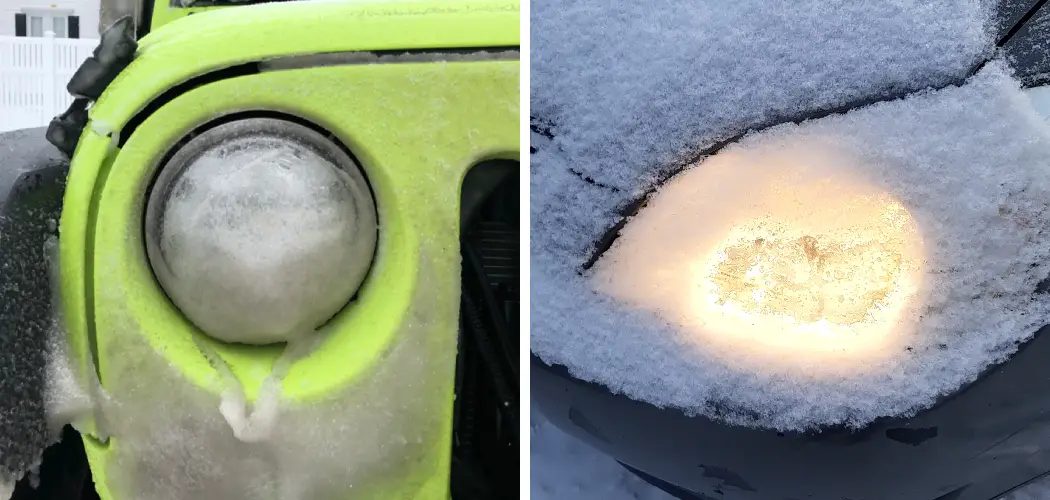Are you tired of dealing with snow and ice on your car’s headlights? If so, follow these simple tips to help keep snow and ice off your led headlights. As a driver in a northern climate, you know that winter brings with it unique driving challenges. One of those is snow.
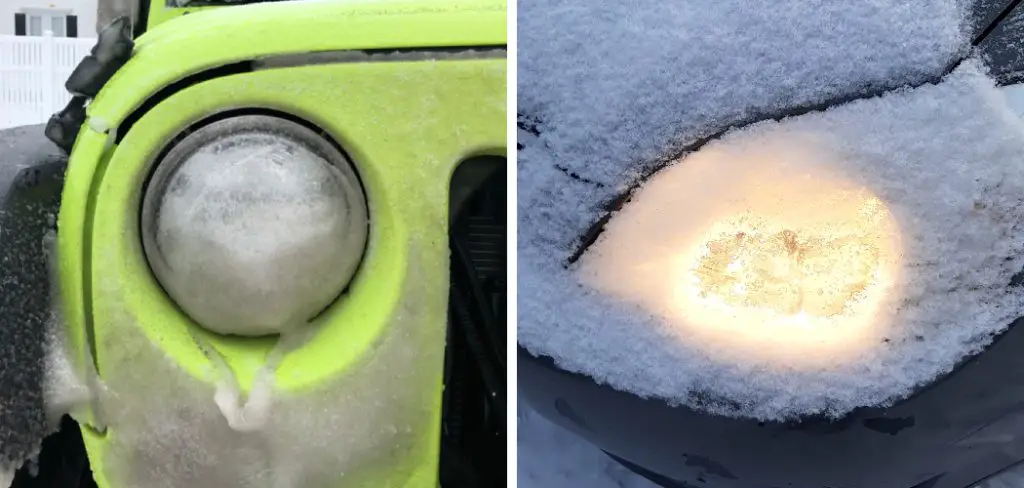
When a snowstorm hits and the roads are covered in white, it’s important to take steps to ensure your safety while driving. That includes ensuring your vehicle is equipped with the proper equipment, like good tires and windshield wipers. It also includes making sure your headlights are functioning properly. LED headlights can be particularly affected by snow and ice, so here are some tips for keeping them clear.
Here are a few tips on how to keep snow off led headlights so you can see better while driving in winter weather.
What Will You Need?
You will need a few basic supplies to keep snow off your led headlights. These include:
- A soft brush or cloth
- A scraper or ice chisel
- A hair dryer
- Some type of cover that can be placed over the top of your car at night
With these simple tools, you can effectively keep snow and ice off of your led headlights.
10 Steps on How to Keep Snow Off Led Headlights
Step 1. Use a Soft Brush or Cloth:
The first step in keeping snow off of your led headlights is to use a soft brush or cloth to gently remove any snow that has already accumulated on the surface of your lights. For best results, work from the outside in, using gentle strokes to clear away any excess snow.
Step 2. Use a Scraper or Ice Chisel:
Once you’ve removed as much snow as possible with your brush or cloth, it’s important to get rid of any residual ice and hard-packed snow that may still be clinging to your led headlights. To do this, use a scraper or ice chisel to gently scrape away at the buildup until you’ve cleared it all away. Ensure that you use a gentle yet firm movement with your scraper to prevent damaging your headlights.
Step 3. Use a Hair Dryer:
Once you’ve removed all excess snow and ice, it’s a good idea to use a hair dryer to further help keep your led headlights clear. Simply switch on your hair dryer and hold it a few inches away from your headlights while slowly moving the hair dryer over the surface of the lights. This will help melt any remaining ice and snow, preventing it from accumulating again in the future.
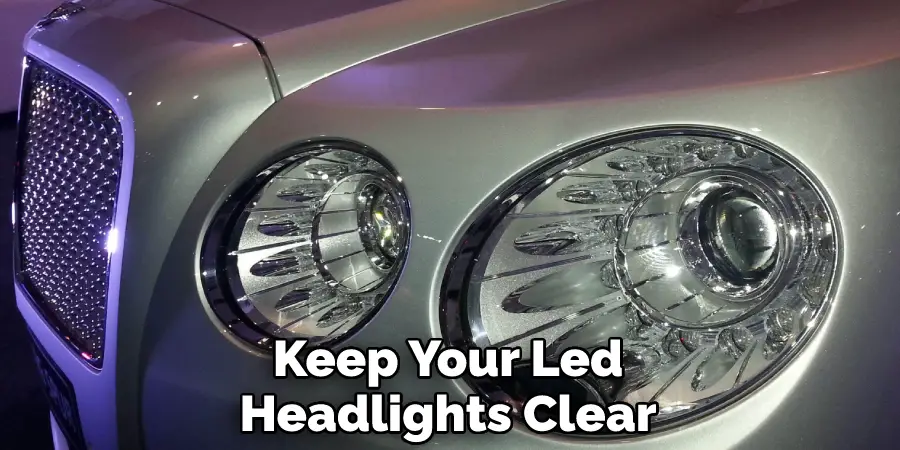
Step 4. Cover Your Car at Night:
To prevent snow and ice from forming in the first place, consider covering your car with a tarp or other cover at night while you are asleep. This prevents moisture that forms on your vehicle overnight from re-freezing on its surface, thereby limiting how much snow and ice accumulates during a storm.
Step 5. Maintain Your Headlights Regularly:
Regular maintenance is also important in keeping your led headlights free of snow and ice. This may include cleaning the lenses regularly, ensuring that all electrical connections are functioning properly, and replacing any damaged or worn parts as needed. Try to inspect your headlights regularly and make any necessary repairs to ensure that the headlights are functioning at their best.
Step 6. Use a De-Icer Spray:
If you find that your headlights are still getting covered with ice and snow despite your best efforts, consider using a de-icer spray to help prevent accumulation. Simply spray the liquid onto your led lights before winter weather hits. It should help keep them clear throughout the season.
Step 7. Install Headlight Defrosters:
Finally, another option for keeping led headlights clear is to install headlight defrosters on your vehicle. These can be attached to your lights and used to melt any snow or ice buildup, thereby preventing it from accumulating over time. Be careful, however, as these defrosters can be damaged by ice and may need to be replaced periodically.
Step 8. Invest in Heated Headlights:
If you frequently drive in areas with heavy winter weather, consider investing in heated headlights for your vehicle. These lights are designed to automatically heat up whenever temperatures drop below freezing, thereby preventing snow or ice from forming. Ensure that your lights are properly connected to your vehicle’s power source and that they turn on when needed.
Step 9. Avoid Heavy Duty De-Icers:
Be careful when using de-icers on your led headlights, as some products are specifically designed for use on windows and other surfaces that aren’t sensitive to damage. Avoid using heavy duty de-icers like rock salt or certain types of acids that can cause permanent damage to your headlights. Because of the potential damage, it’s best to stick to de-icers specifically designed for car parts.
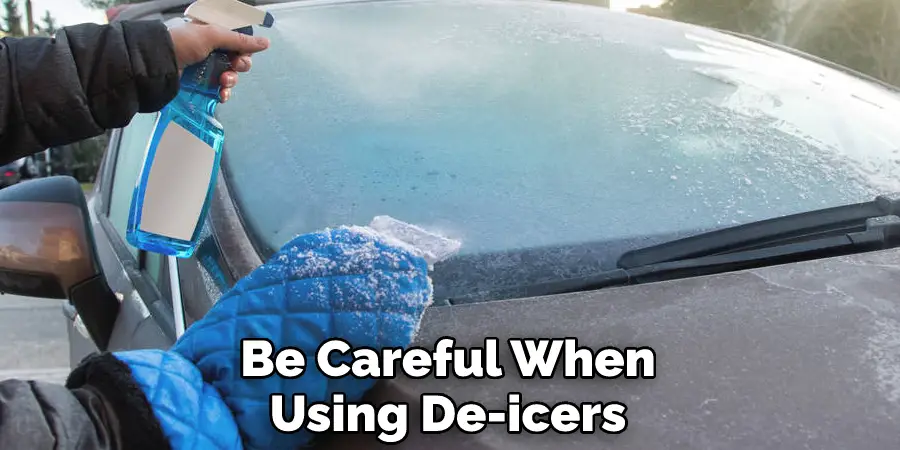
Step 10. Consult a Professional for More Advanced Solutions:
If you’re still having trouble keeping snow and ice off of your led headlights, consider consulting a professional for more advanced solutions. A specialist can help identify the underlying causes of your accumulation issues and provide tailored recommendations that will work best for your situation. Moreover, they may be able to provide tips or tools that you hadn’t previously considered, ensuring that your led headlights stay free of snow and ice year-round.
With these tips, however, you should be able to easily keep snow and ice off of your led headlights throughout the winter season.
5 Additional Tips and Tricks
- Applying a thick, protective layer of wax or sealant to your headlights can help prevent snow and ice from accumulating.
- You may also want to consider investing in a windshield cover or snow shield, which are designed specifically to keep snow and ice from sticking to your headlights.
- Adding an extra set of windshield wipers in addition to your existing ones can also help keep snow and ice from accumulating on your headlights.
- If you have access to a high pressure washer or power hose, using this to rinse off your headlights can help remove any lingering snow and ice, keeping your lights clear of obstructions.
- Finally, driving carefully during inclement weather conditions can help you avoid hitting puddles or snowdrifts that may splash onto your headlights and cause them to become covered in snow or ice.
With these tips and tricks, you can ensure that your headlights are kept clear of any obstructions, no matter how snowy or icy the weather outside happens to be!
5 Precautions You Can Take
1. Park the car in a garage or under a shelter when possible. This will provide optimal protection against heavy snowfall, as the car will be shielded from direct exposure to any incoming precipitation.
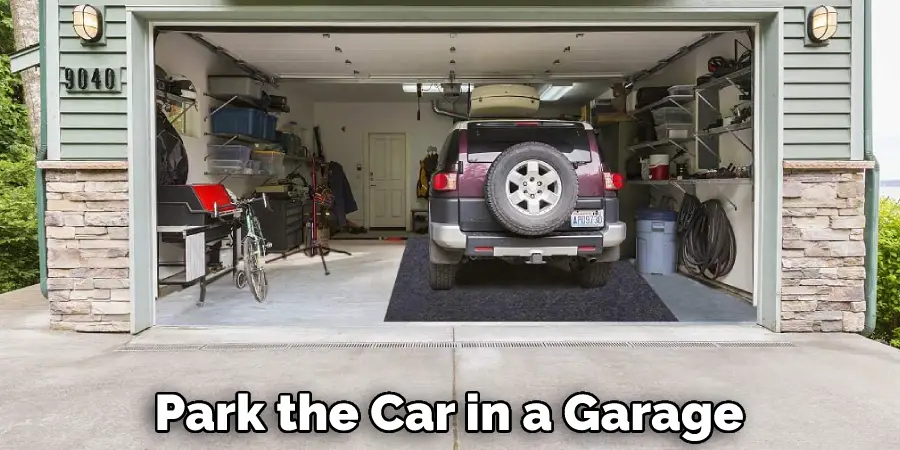
2. Invest in a good quality headlight cover that can be used to protect your car’s lights from accumulating excess moisture or snow buildup when you’re not driving in wintry conditions.
3. Regularly clean off any accumulated snow or ice from your car’s headlights and other exterior surfaces using a soft cloth and warm, soapy water. This will help prevent water buildup, which can cause premature wear or damage to your vehicle.
4. Consider installing heated wipers on your car if you frequently drive in snowy or icy conditions. This will help minimize the amount of snow sticking to the blades and causing visibility issues.
5. If you find that your headlights still get covered in snow despite taking all these precautions, consider investing in LED headlight bulbs instead of traditional halogen bulbs. LED lights are both more durable and resistant to moisture than halogen bulbs, making them ideal for use in harsh winter weather conditions.
With these tips, you can be sure to keep your car’s headlights clear and bright all winter long, no matter how heavy the snowfall may be.
Will Led Lights Melt Snow?
Many drivers wonder whether LED lights are better than traditional halogen headlights when it comes to dealing with snowy weather conditions. While it is true that LEDs are more durable and resistant to moisture than traditional bulbs, this does not necessarily mean that they will melt snow any faster or provide a clearer view in wintery conditions.
Additionally, there are a few precautions that you can take to minimize the risk of snow buildup on your LED headlight bulbs. For example, you can park your car in a garage or under a shelter when possible, providing optimal protection against heavy snowfall by shielding the headlights from direct exposure to incoming precipitation.
However, LEDs’ increased durability and performance make them well worth the investment for drivers who frequently drive in snowy or icy conditions. So if you want reliable visibility and peace of mind this winter, consider making the switch to LED headlights today!
Frequently Asked Questions
Are LED Headlights Better in Snow?
The experience will vary depending on the type of snow, the vehicle, and driver skill. Generally speaking, LED headlights are more efficient than traditional headlights and use less energy, so they may be a good choice if you live in a area where snow is a common occurrence. If you’re concerned about your safety while driving in snowy conditions, it’s always a good idea to consult your vehicle’s owner’s manual to see if there are any specific recommendations for driving in snow.
Do LED Headlights Ice Over?
Yes, LED headlights can ice over in cold weather. When a headlight is turned on and the temperature falls below the freezing point, water droplets will form on the inside of the light. Over time, these droplets will grow and accumulate until they form a layer of ice on the inside of the light, blocking some of the light from coming out. This can reduce visibility while driving in low-light conditions, and can also cause the headlight to gradually lose power over time. To avoid this problem, it is important to keep your headlights clean and free of moisture buildup. If you experience problems with your headlights that you think may be due to ice buildup, please consult your vehicle’s owner’s manual or contact your dealership for assistance.
What Are the Disadvantages of LED Headlights?
There are a few potential disadvantages of LED headlights, including the fact that they can be more expensive than traditional headlights and that they tend to have shorter battery life than traditional headlights. Additionally, LED headlights may not be as bright as traditional headlights and may require more light to be visible in low-light conditions.
Can You Get Waterproof LED Lights?
Yes, waterproof LED lights are available that are designed to be resistant to water and moisture. These lights are often used in outdoor applications such as walkways, patios, and decks, where they are exposed to rain and other wet weather conditions. Waterproof LED lights typically have a lifespan that is longer than traditional LED lights, and they are also easier to clean and maintain.
Conclusion
Finally, if you want to keep the snow off your car’s led headlights, you can buy a special cover. They are not expensive, and they will do the job just fine. However, ensure that you get the right size for your headlights, or else it won’t work either.
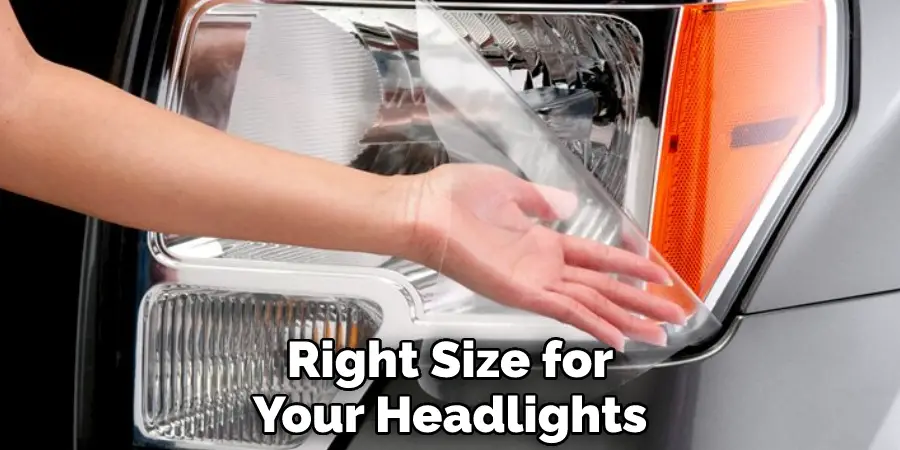
You now know how to keep snow and ice off your car’s headlights! By following the tips in this blog post, you can be sure that your headlight lenses will stay clear all winter long. So don’t wait – get out there and start de-icing those headlights!
Hopefully, the article on how to keep snow off led headlights has given you some helpful tips and tricks for dealing with winter weather. Good luck!
